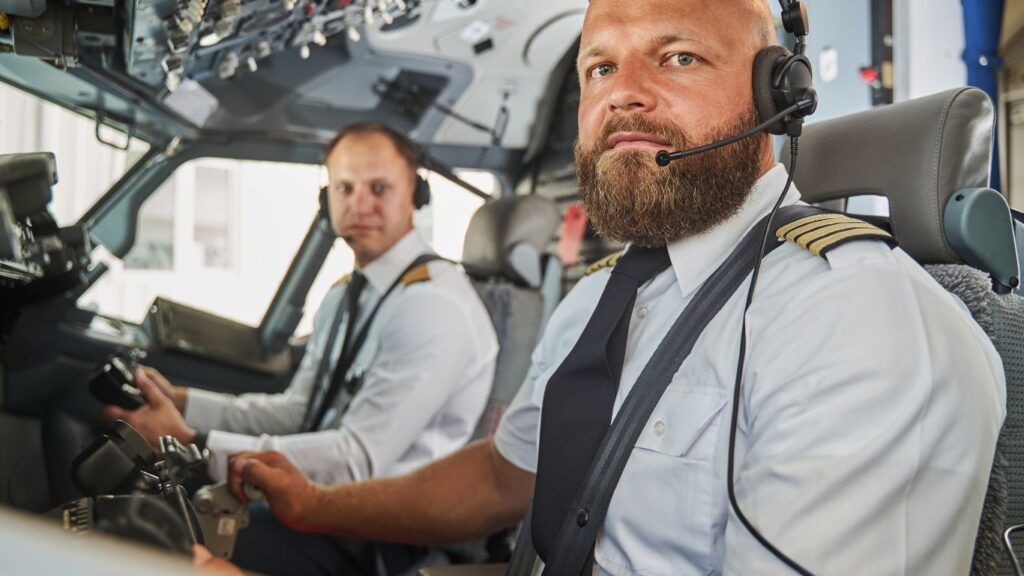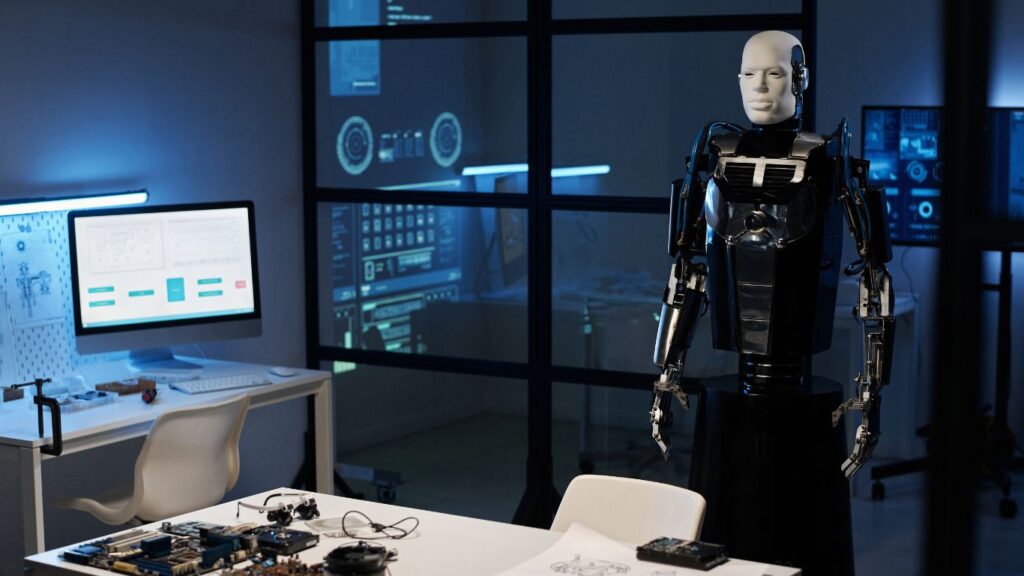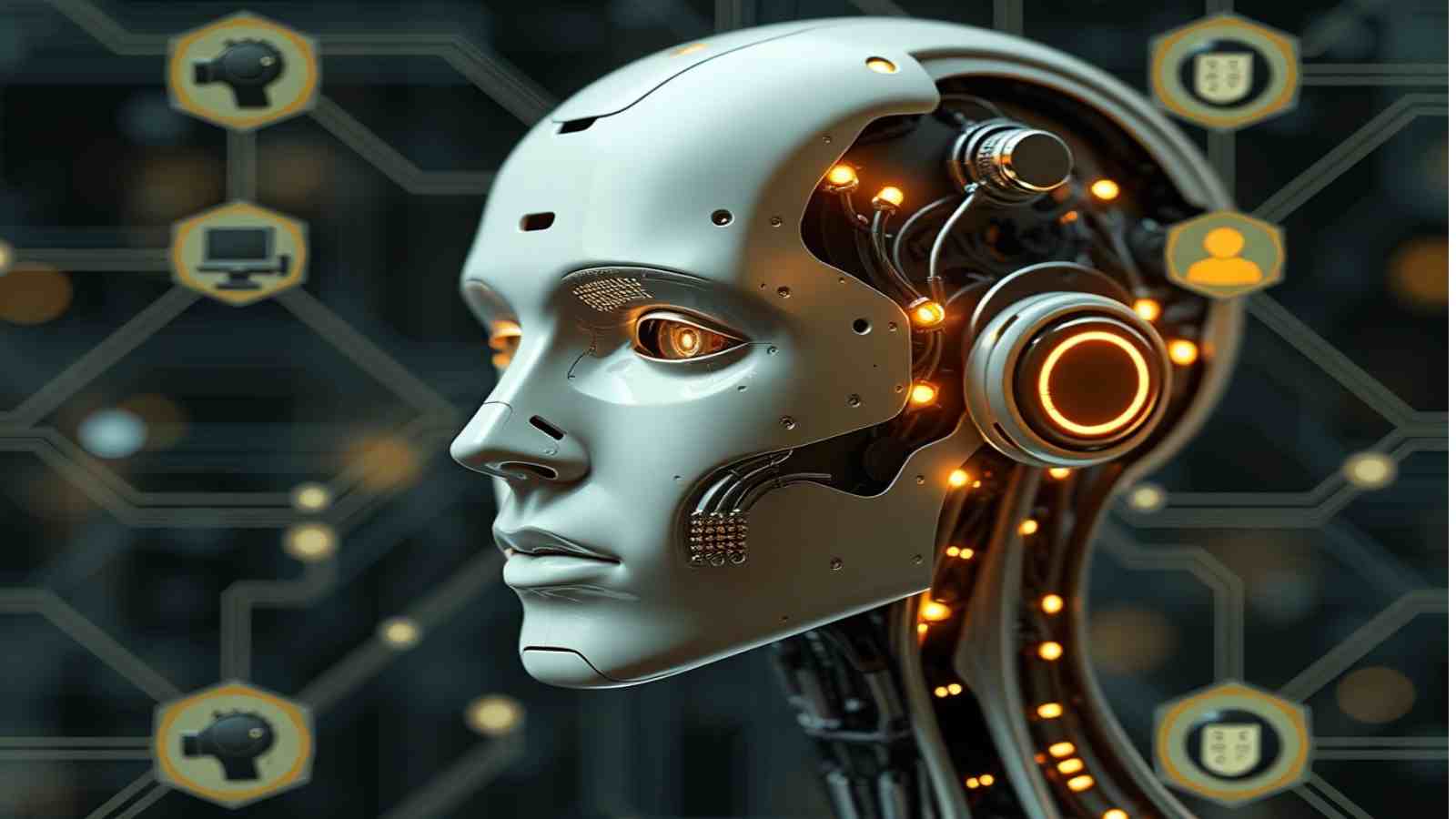The aviation industry is on the cusp of a technological revolution driven by advancements in artificial intelligence (AI). While the idea of AI replacing human pilots might seem like science fiction, significant strides have been made in recent years to make this a potential reality. This article aims to explore when and how AI might replace pilots, considering various factors such as technological advancements, industry opinions, safety considerations, transition strategies, economic impact, and public perception.
Recent Advancements in AI Technology
Advanced Autopilot Systems
Modern autopilot systems, enhanced with machine learning, can handle most flight operations, from takeoff to landing. These systems continuously learn and adapt, improving their performance over time.
Real-Time Decision-Making
AI can now assist in real-time decision-making for navigation, weather analysis, and flight planning. This reduces the need for human intervention and allows for more efficient and accurate decision-making.
Uncrewed Aerial Vehicles (UAVs)

The introduction of UAVs and autonomous aircraft in both commercial and military applications showcases the potential for fully AI-controlled flights. These systems are already performing complex tasks without human pilots.
Cockpit Voice Recognition
Advancements in AI-based cockpit voice recognition and natural language processing enable better communication between AI systems and human operators, enhancing overall flight safety and efficiency.
Industry Opinions
Augmenting Pilot Capabilities
Many experts believe that AI will only partially replace pilots in the near future but will instead augment their capabilities. This collaboration aims to make air travel safer and more efficient.
Evolving Roles
Some industry leaders argue that the role of pilots will evolve into systems managers who oversee and interact with advanced AI systems handling most flight functions.
Ethical and Technical Challenges
There are significant concerns about the ethical and technical challenges of fully autonomous flights. Experts emphasize the need for a gradual transition and thorough testing of AI systems in complex environments.
Optimism for Full Automation
A few voices in the industry are optimistic about the eventual full automation of flights, citing potential cost savings and improved safety through AI-controlled operations.
Safety Considerations
System Reliability and Redundancy
Ensuring the reliability and redundancy of AI systems is crucial for safety, particularly in the event of system failures or cyber-attacks.
Continuous Updates and Maintenance
AI technology must be continuously updated and maintained to keep pace with evolving threats and operational requirements.
Handling Emergencies
AI systems need to effectively handle unforeseen circumstances or emergencies that may require human judgment or intervention.
Over-Reliance on AI
There’s a risk of over-reliance on AI, leading to complacency in monitoring and decision-making by human operators.
Ethical Implications

The ethical implications of fully autonomous flights, particularly concerning accountability and decision-making in life-threatening situations, must be carefully considered.
Transition Strategy
Gradual Integration
Start with AI systems handling specific flight functions, progressing to more autonomous capabilities under human supervision.
Rigorous Testing and Certification
Implement thorough testing and certification processes for AI systems, simulating a wide range of flight scenarios to ensure reliability and safety.
Continuous Training and Oversight
Develop comprehensive AI technologies training programs for pilots and ground staff, emphasizing the importance of situational awareness and supervision.
Transparency and Communication
Engage with the public, aviation stakeholders, and regulatory bodies to communicate the benefits and safety measures of AI integration and address any concerns.
Adaptive Regulation
Work with regulatory agencies to adapt aviation standards and regulations to accommodate AI technologies, balancing innovation and safety.
Dual-Pilot Operations During Transition
Maintain dual-pilot operations with both pilots trained in AI system oversight and intervention during the transition period to ensure a fail-safe environment.
Economic Impact
Initial Investment
The initial investment in AI technology and training can lead to significant upfront costs for airlines and aircraft manufacturers.
Operational Efficiencies
Over time, operational efficiencies and potential labor cost reductions through automation may lead to overall cost savings for the industry.
Workforce Shifts
The transition to AI-controlled flights may decrease the demand for traditional pilot roles while increasing the need for AI-related roles, such as AI technicians and analysts.
New Revenue Opportunities
The development and sale of AI-related technologies and services to other industries and aviation stakeholders can create new revenue streams.
Ongoing Research and Development
Continuous research and development are necessary to keep up with AI advancements, driving innovation and competitiveness within the industry.
Increased Competition
Lowered operational costs due to AI adoption could lead to increased competition in the market, potentially resulting in a more significant market share for early adopters.
Public Perception
Trust in AI Technology
Public trust in AI technology will heavily influence the acceptance of AI-controlled flights. Transparency about the technology and its capabilities is crucial.
Safety Assurance
Communicating the rigorous testing and safety measures in place to ensure AI-controlled flights are as safe as human-operated flights will influence public perception.
Economic Impact
The public may view the transition favorably if it improves efficiency and reduces costs, potentially leading to more affordable air travel. However, concerns about job losses could affect perception.
Human Oversight
Assuring the public that human oversight will be maintained for AI-controlled flights can mitigate concerns about complete automation.
Environmental Impact
AI’s potential to optimize flight routes and reduce fuel consumption could positively influence public perception, especially among environmentally conscious individuals.
Ethical Considerations
Discussions about the ethical implications of fully autonomous flights, such as accountability and decision-making in emergencies, will shape public opinion.
Personal Experience and Familiarity
Personal experiences and familiarity with AI-controlled flights will play a significant role in shaping public perception. A successful track record and positive experiences of early adopters will be crucial.
FAQs
What is the current role of AI in aviation?
Currently, AI plays a supportive role in aviation, assisting with functions such as predictive maintenance, optimizing flight routes, and enhancing passenger experiences through personalized services. AI systems are also used in autopilot modes and decision-support tools for pilots.
Will pilots still be needed if flights become fully autonomous?
Even as AI systems advance, pilots will continue to play a crucial role, especially during the transition phase. Human oversight and intervention will remain essential for handling emergencies and ensuring overall safety.
How is the safety of AI-controlled flights ensured?
The safety of AI-controlled flights is ensured through rigorous testing, certification processes, and continuous technology updates. AI systems are designed with redundancy to handle failures, and pilots are trained to supervise and intervene when necessary.
What are the potential benefits of AI in aviation?
AI in aviation can lead to increased operational efficiency, cost savings, and improved safety. It can also offer new revenue opportunities through technology development and reduce the environmental impact by optimizing fuel consumption and flight routes.
What are the ethical concerns associated with AI in aviation?
Ethical concerns include accountability for AI systems’ decisions during emergencies and the potential job displacement of pilots. Addressing these concerns requires careful consideration and transparent communication with all stakeholders.
How will the transition to AI-controlled flights impact the workforce?
The transition will likely lead to a shift in workforce demands, reducing the need for traditional pilot roles while increasing the need for AI-related positions, such as AI technicians and analysts. Continuous training and adaptation are crucial for this transition.
How can the public be assured of the safety of AI-controlled flights?
Assuring the public involves transparent communication about the rigorous testing, certification, and ongoing maintenance of AI systems. Highlighting human oversight and demonstrating successful case studies of AI implementation will also build trust.
What is the environmental impact of AI in aviation?
AI has the potential to significantly reduce aviation’s environmental impact by optimizing flight routes, reducing fuel consumption, and enhancing overall efficiency. This can lead to lowered carbon emissions and a more sustainable aviation industry.
Conclusion
The future of aviation is undoubtedly intertwined with advancements in AI technology. While the complete replacement of human pilots by AI may not be imminent, AI’s growing role in augmenting pilot capabilities and improving overall efficiency is undeniable. A thoughtful and gradual transition, coupled with rigorous testing, continuous training, and transparent communication, will be key to successfully integrating AI into the aviation industry.
For those interested in staying ahead of this technological curve, exploring AI tools and platforms can provide valuable insights and preparation for the inevitable changes ahead.











